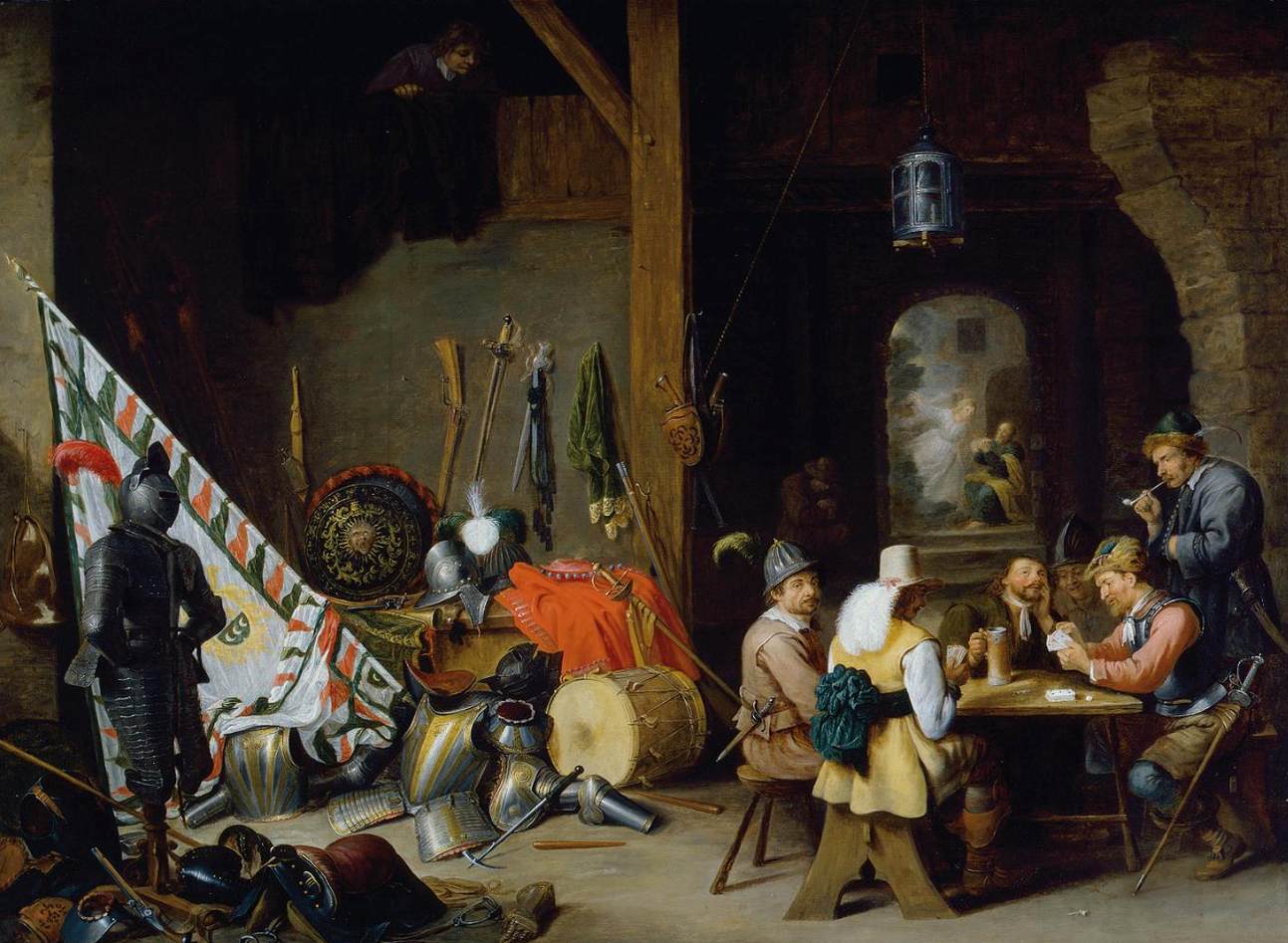Description
The painting "Liberation of Saint Peter" by Mattheus Van Helmont is a masterpiece of Flemish Baroque art. The work represents the moment when Saint Peter is released from prison by an angel sent by God. The composition of the painting is impressive, with a strong diagonal running across the image from the bottom left corner to the top right. The angel and Saint Peter are in the center of the image, surrounded by the sleeping guards and the open prison doors.
Van Helmont's artistic style is typical of the Flemish Baroque, with meticulous attention to detail and impressive painting technique. The texture of the prison stone and the fabrics of the characters are rendered with amazing precision. Color is also a prominent aspect of the work, with gold and blue tones creating a mystical and heavenly atmosphere.
The history of the painting is interesting, as it was commissioned by the Antwerp Jesuits for their church. The work was painted in 1631 and became one of Van Helmont's most famous works. The painting also has deep religious significance, as it depicts the release of Saint Peter from prison as a symbol of humanity's deliverance from sin and death.
A little known aspect of the painting is that Van Helmont included his self-portrait in the image. It can be seen in the lower left corner, where the artist depicts himself as one of the sleeping guards. This detail shows Van Helmont's ingenuity and creativity, as well as his ability to incorporate personal elements into his artwork.
In short, the painting "Liberation of Saint Peter" by Mattheus Van Helmont is a masterpiece of Flemish Baroque art. Its artistic style, composition, color, and religious significance make it an impressive and unique work of art. In addition, the detail of the artist's self-portrait adds a personal and interesting touch to the work.

